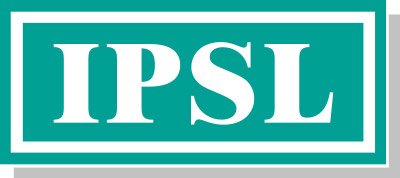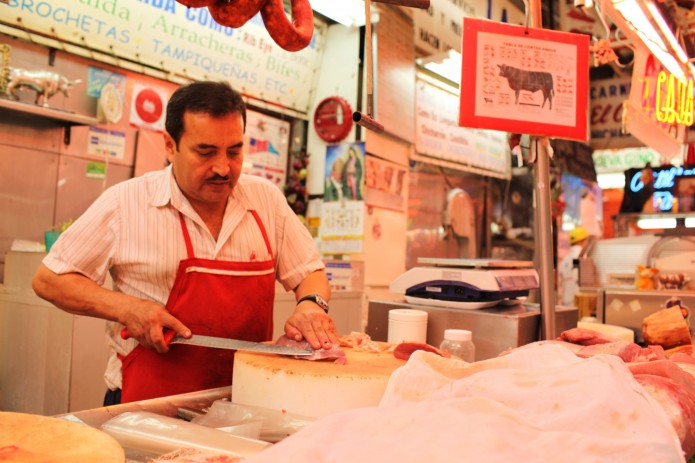Although a small percentage of the population don’t eat meat, the majority of people enjoy tucking into a steak or a sausage or two and the meat production industry is big business. From abattoirs to meat processing plants, there is a long journey from the cow shed to the supermarket shelf. Hygiene plays an important part in this journey and if correct hygiene procedures are not followed, diseases can enter the human food chain.
The Importance of Hygiene in Meat Production
Raw meat is full of dangerous pathogens, including E-coli, Salmonella and Listeria. Unless great care is taken, these pathogens can end up in processed meat that is destined to be consumed without any further cooking. If that happens, the end result can be deadly. Every year, people die as a result of infections such as E-coli, something that could easily be prevented if correct hygiene protocols had been followed during the meat production process.
HACCP Principles
Hazard Analysis and Critical Control Point principles (HACCP) provide a framework for identifying food safety hazards in a meat production environment. Hazards must be identified and then prevented or reduced to acceptable levels. Actions plans must be carried out and then checked regularly. Appropriate measures must then be taken if food safety is found to be at risk.
Clean Animals
Cattle, sheep, and any other animals destined for slaughter have to be presented in a clean state. Each animal is inspected before it is accepted by the plant operator and if it is dirty or otherwise contaminated, it won’t be admitted into the facility. The reason for this is simple. Research has shown that if an animal is slaughtered whilst in an unclean state, its carcase is far more likely to be contaminated, which in turn presents a risk to human health.
Red Meat Safety
Although slaughtering dirty animals is known to lead to the spread of disease, the danger doesn’t stop there. Even clean and healthy animals can have dangerous pathogens lurking in their digestive tracts. Contamination can be spread via dirty equipment, floors, animal pen walls and anywhere else the animal comes into contact with, before or after slaughter.
Slaughter House Safety
Animal housing should be well ventilated with plenty of clean bedding. This helps to prevent further faecal cross contamination between animals prior to slaughter, although animals are normally clipped to reduce this risk. Floors, walls, metal railings, and feed troughs all need to be kept clean and disinfected regularly to prevent the spread of disease. Proclad PVC panels are an excellent choice for this type of environment as they are easy to clean. Once the animal has been slaughtered, the carcasses need to be processed in a controlled environment to prevent the meat coming into contact with dirt, dust, mould spores and any other type of contamination.
The economic consequences of not adhering to strict hygiene protocols in the meat processing environment are serious. Outbreaks of food poisoning can lead to the processor being heavily fined if the outbreak is traced back to them. There is also an associated healthcare cost as well as the loss of productivity when people are struck down with illness. All of this can be avoided if hygiene rules are followed.


